Frequently, individuals become enamored with animals and opt to adopt them as pets. However, this may not be the most suitable circumstance for the creature involved. This is a common occurrence when it comes to birds. As they are visually stunning and captivating, they are frequently captured and sold in the exotic pet industry.

The capture of birds from the wild for the pet trade poses various detrimental effects not only on the birds’ survival but also on the ecosystem they belong to. Statistics show that only a meager fraction of parrots taken from their natural habitat for the pet trade manage to survive. Other bird species also suffer the same fate. However, there are groups of people who are committed to breeding and conserving endangered bird species. They release these avian creatures back into the wild to repopulate areas where their numbers have dwindled or introduce them to new habitats where they can thrive.
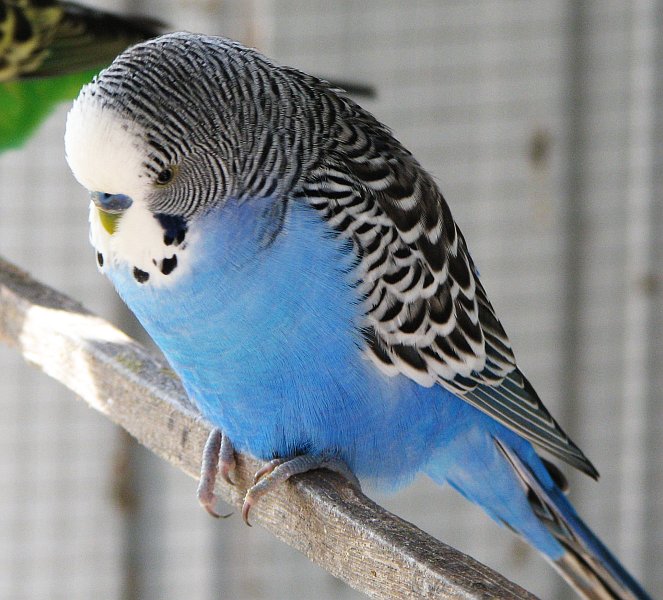
The violet budgerigar mutation is just one of many mutations that can change the color of budgerigars, with around 30 different mutations in total. This particular mutation is part of the violet variety, and if a bird carries it, it will produce a noticeable effect. The way this effect looks depends on several factors, such as whether the bird has a single or double violet factor, and whether other mutations are present. Overall, there are 18 different combinations of these three mutations that produce visually distinct results, but only three of those match the visual violet exhibition standard.
Budgerigars, also known as budgies and sometimes referred to as parakeets, are incredibly popular as pets. They’re easy to tame and care for, making them a great choice for busy pet owners or those who live in small spaces like apartments. In addition to being low-maintenance, they’re known for being friendly and affectionate. With some training, budgies can even learn to talk and perform tricks!
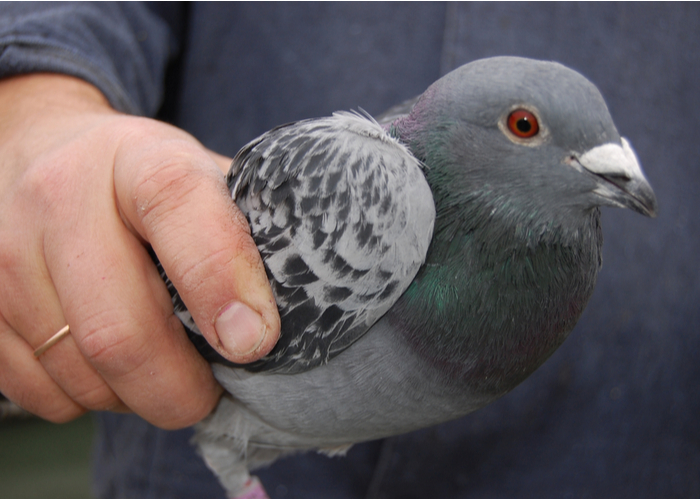
When looking for a friendly pet bird, the dove may not immediately come to mind. However, these birds are known for their gentle and sweet nature, making them easy to domesticate. Unlike some other species, doves are unlikely to bite or exhibit aggression, and they can be easily trained. While they enjoy human interaction, they don’t require as much attention as other birds. If you’re looking for a low-maintenance feathered friend, a dove may be the perfect choice.
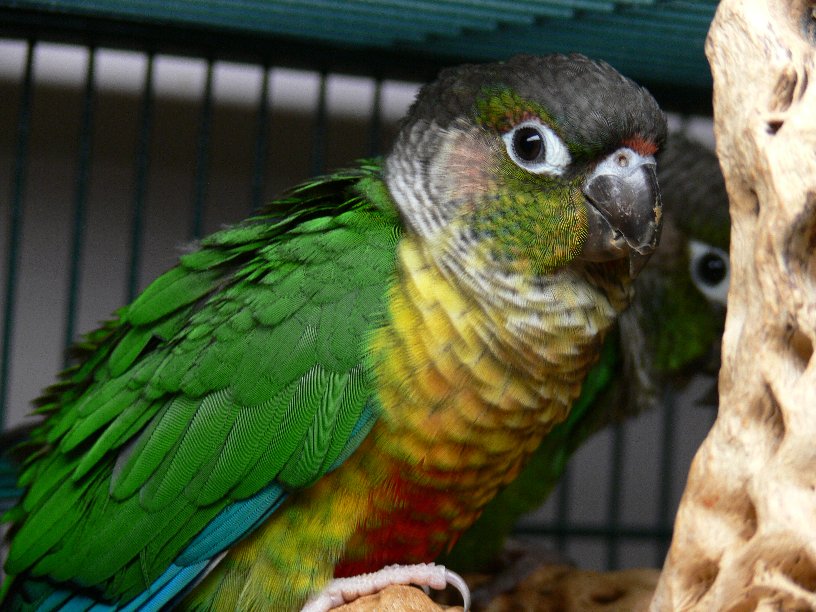
The green-cheeked conure is a type of conure that is recognized for its sociable and manageable nature. Originating from South America, these birds are among the most affable and gregarious of the species. They are characterized as being inquisitive, fun-loving, intelligent, and sometimes downright impish. However, they are also placid and enjoy receiving affection from their human companions. It is uncommon for them to learn how to talk, but there are occasional outliers. Nonetheless, their charisma and allure are boundless, making them an excellent choice for those seeking an amiable pet bird.
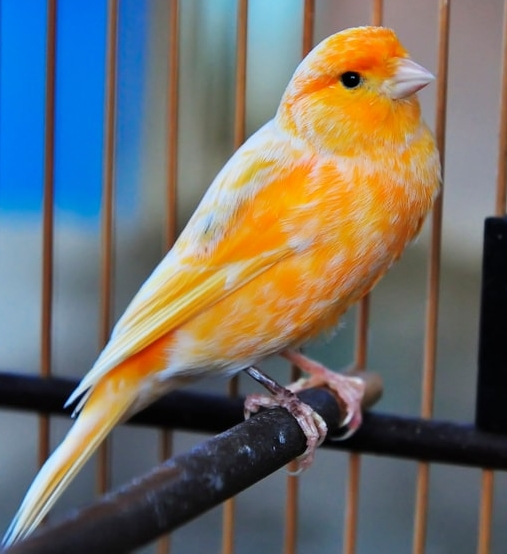
When it comes to keeping canaries, it’s important to provide them with a spacious cage that allows for flying. A cage that’s at least 2 to 3 feet tall should do the trick. To make your canary feel at home, set up perches at different heights and include a few water bowls – one for drinking and a larger, shallower one for bathing. Don’t forget to add food bowls too! Canaries enjoy commercial pellets and leafy greens such as kale, spinach, and sweet potatoes.
Unlike some other birds, canaries don’t necessarily require feathered companions to keep them company. They’re not the most playful birds either, but they do enjoy being in the same room as their human family and listening to them talk.
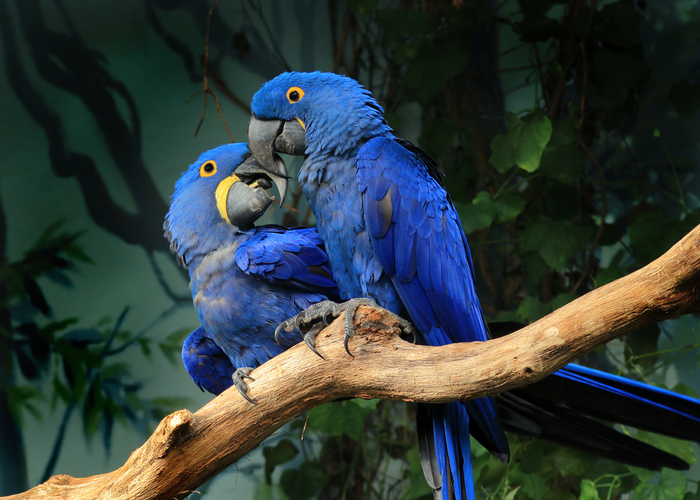
The Hyacinth Macaw is a stunning and massive bird that makes for a wonderful pet. These birds are not only beautiful, but they are also very social and love spending time with their owners. Nothing makes them happier than snuggling up with their favorite humans. However, due to their size, which can range from 42-51 ounces and reach over 40 inches in length, it is important to ensure that you have enough space to accommodate them. Providing enough leg and wing room is essential if you want to keep these feathered giants happy and healthy. Despite their intimidating size, Hyacinth Macaws are incredibly friendly and make great companions.
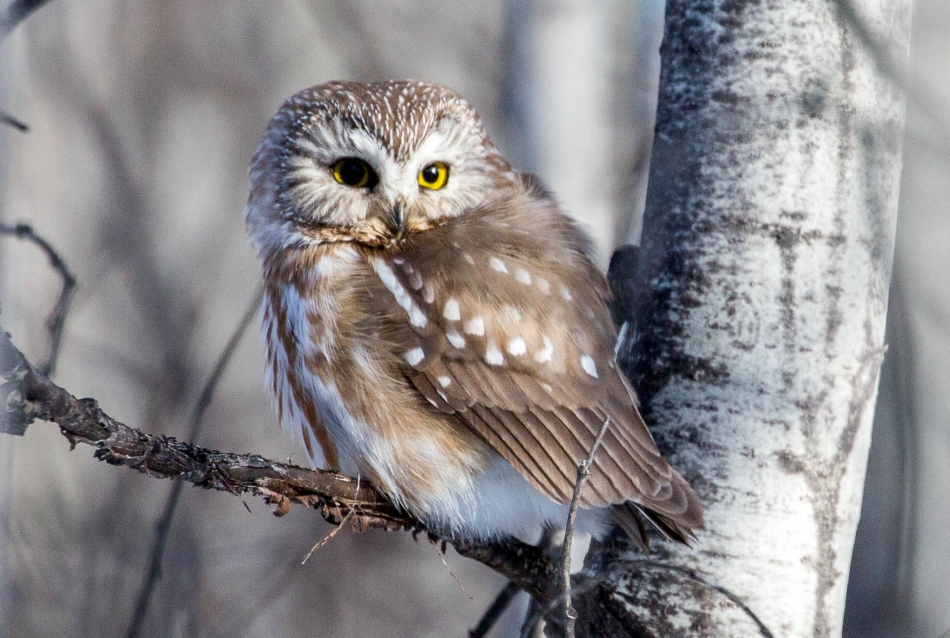
When it comes to choosing pet birds to raise, owls often don’t come to mind first. However, after reading this article, you might want to consider them as your top choice. While they may not be easy to find in some places, if the opportunity arises, you should seize it. Owls are known for their big eyes, friendly nature, and loyalty. Most people who raise owls usually have rehabilitation licenses that allow them to care for injured or sick owls. If you have patience and consistently interact with your owl, it can become loving and friendly towards you. Barn owls and snowy owls are excellent options for those looking to raise owls.
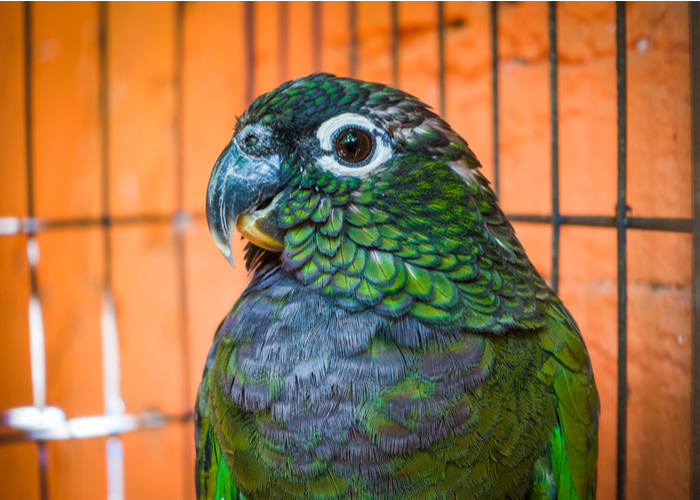
The Hahn’s Macaw is not only a stunning bird but also known for its friendly demeanor, making it an ideal pet for many. While macaws are often avoided due to their large size, the Hahn’s macaw is relatively small and compact, measuring only 12 to 14 inches in length. Despite their small size, these birds have big personalities and are highly intelligent and playful. With regular socialization and handling, the Hahn’s macaw can be gentle and affectionate. However, it is crucial to provide them with enough social activity, or they can quickly become depressed. Additionally, Hahn’s macaws are quite noisy, so be prepared for some loud squawking. Overall, this charming bird is a great addition to any pet-loving household.
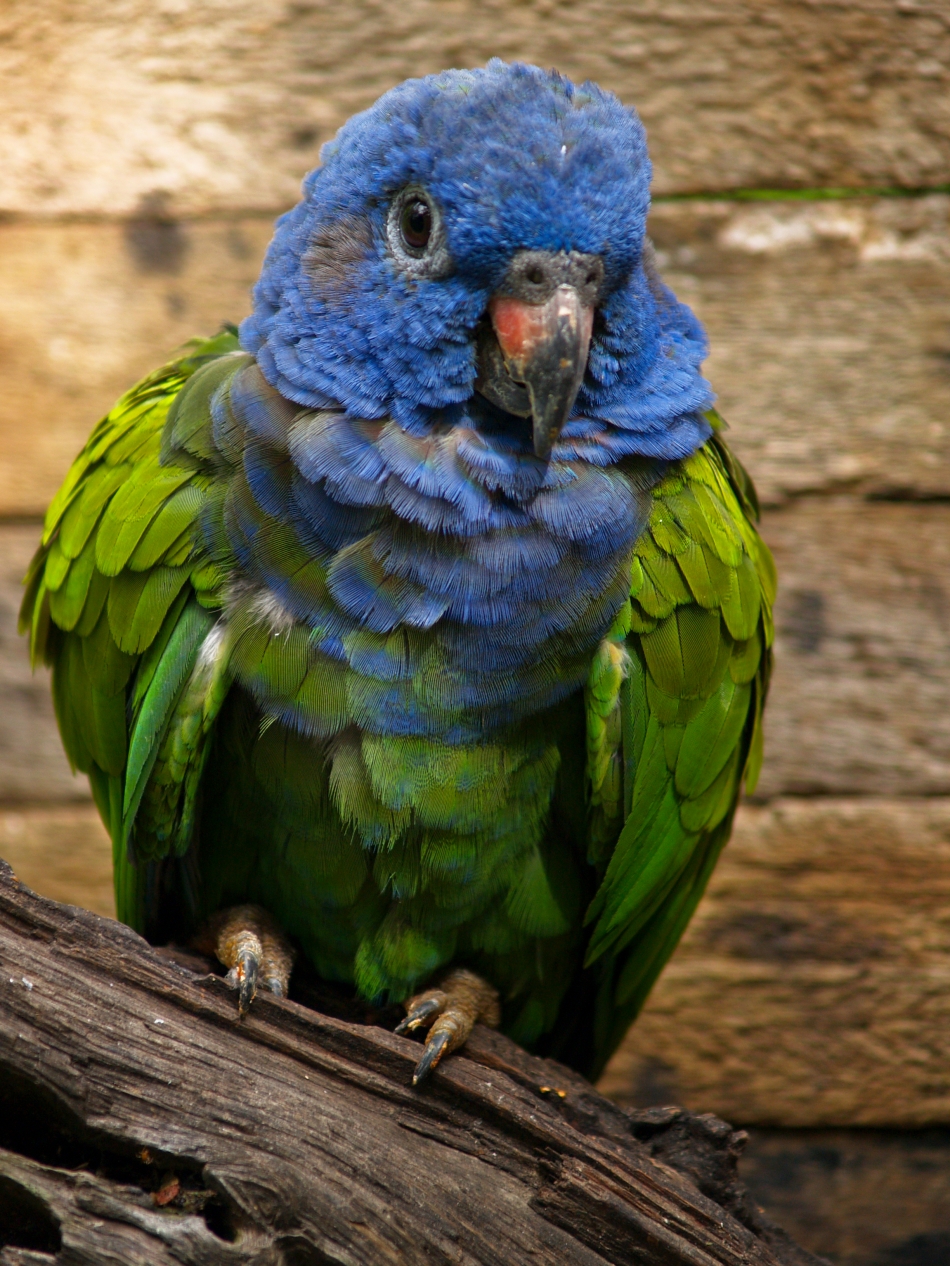
If you’re looking for a pet bird that will become a long-term companion, the Pionus parrot is an excellent choice. These friendly birds can live up to 40 years, which is much longer than many other pets, such as dogs. Pionus parrots are usually around 10 inches long and love to play. Unlike some other birds, they won’t become overly attached to one person and will instead bond with everyone in your household. This trait makes them an ideal choice for families with multiple members who want to share in the joy of pet ownership.
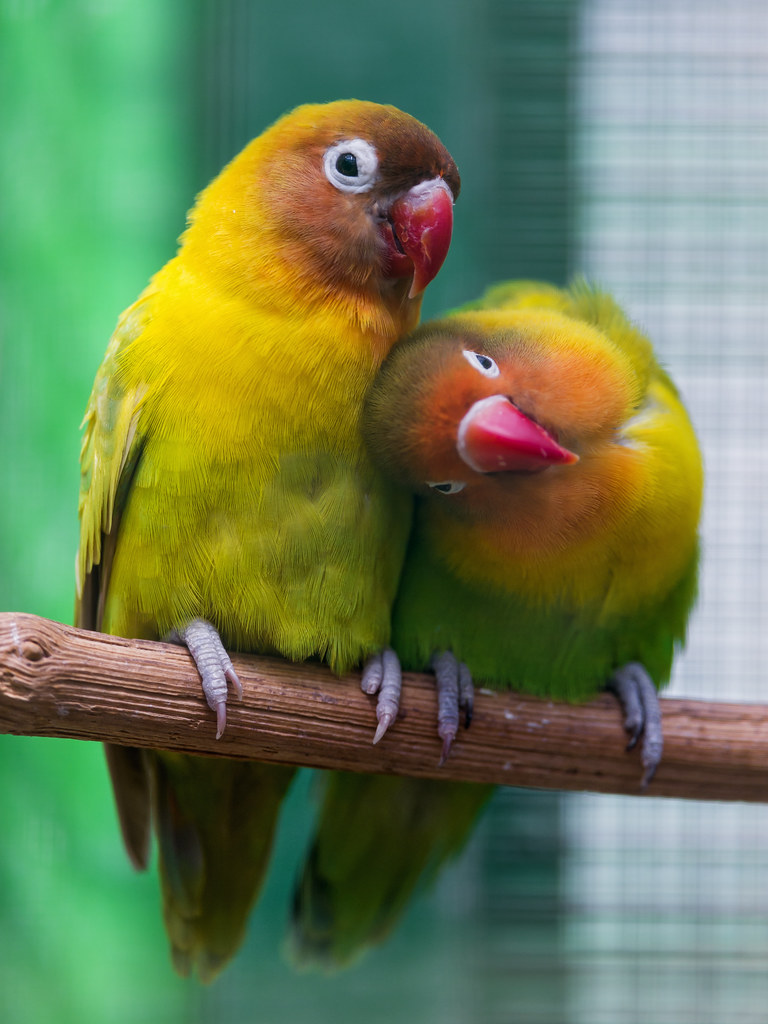
Lovebirds: The Affectionate Pet Bird
The Lovebird is a pet bird that lives up to its name. With their friendly and affectionate disposition, Lovebirds make great companions for anyone looking for a feathered friend. They form close bonds with their owners and other pets, making them ideal for households with multiple animals. Lovebirds also have stunning feathers and require minimal grooming to keep them in top shape. However, it’s important to provide your Lovebird with a bowl of water for bathing a few times a week. This allows them to keep their feathers clean and provides an opportunity for some playtime.
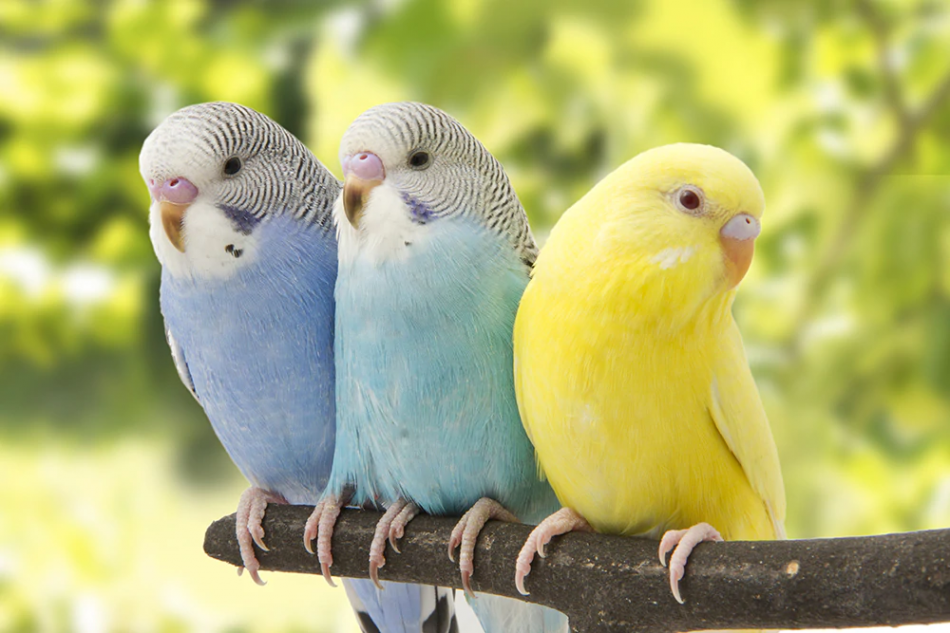
Budgerigars, commonly known as “parakeets,” are native to Australia and their name is derived from the aboriginal people who inhabit their homeland. Though often referred to as “parakeets,” this term actually encompasses a wide range of small to medium-sized parrot species. Budgie is a shortened version of budgerigar and is an accurate name for these birds. Parakeets are social creatures and require interaction with other birds or humans to thrive. If their human family members are able to spend a lot of time with them and offer plenty of interaction, parakeets will bond closely with their “flock.” However, if the humans are gone frequently, it’s important to keep the bird in an environment with other parakeets to prevent depression and other mental health issues.
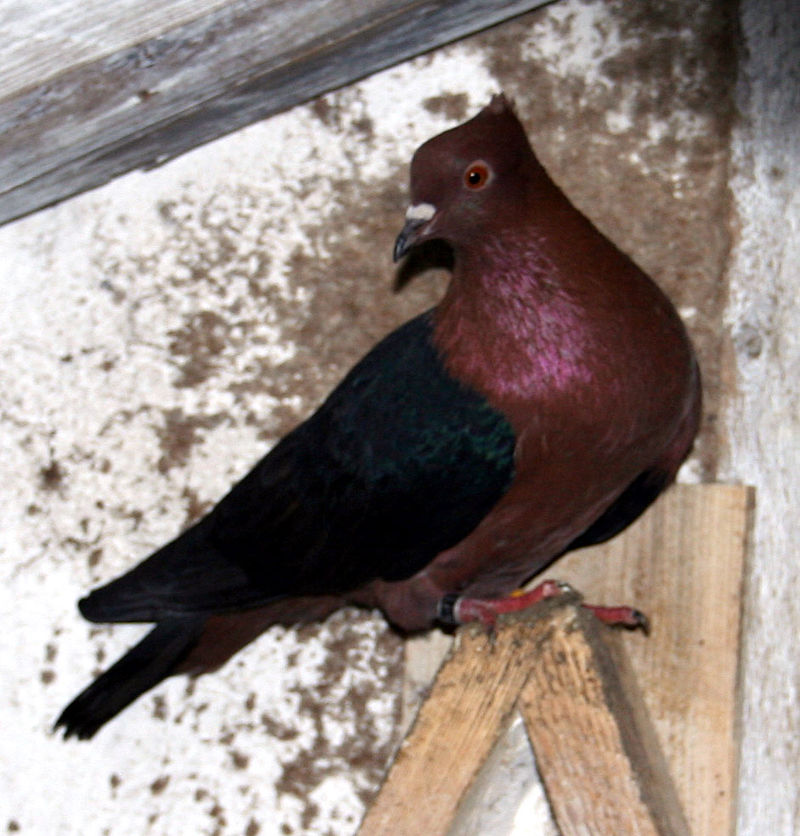
The archangel pigeon is a unique bird that has been developed through selective breeding. It boasts a stunning appearance with its bronze or gold body and shimmering feathers. The wings come in black, white, or blue, and the eyes are a striking orange hue. Due to their breeding, these birds are not suited for survival in the wild and are mainly kept as pets or shown off during competitions. They add an ornamental touch to any collection of domestic birds.
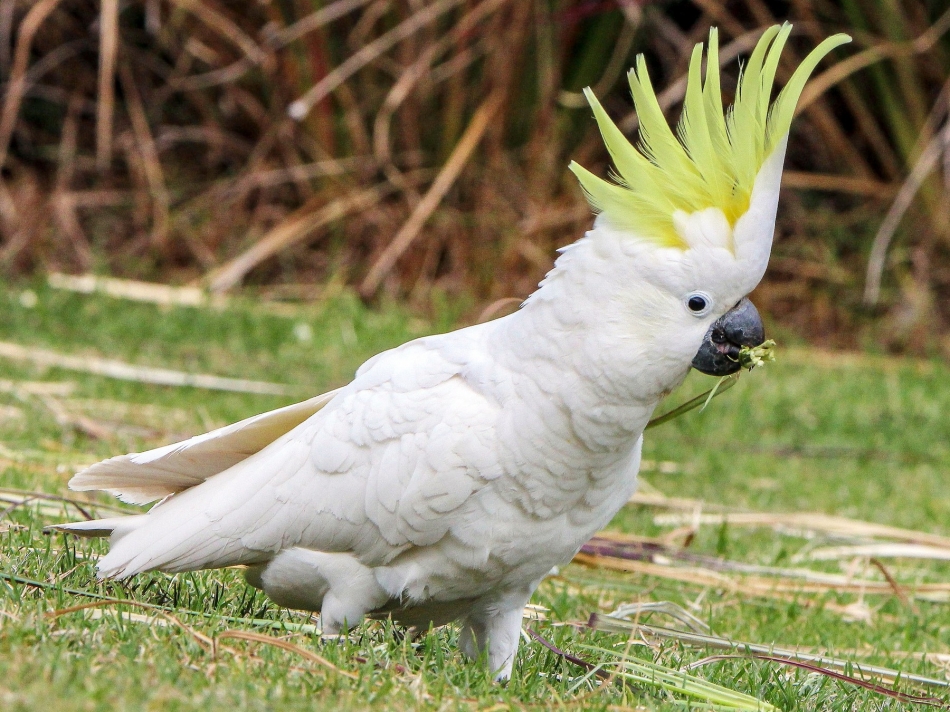
The cockatoo, known for its striking and affectionate nature, is a pet that craves attention from its owner. These birds form strong bonds with their human companions and rely on these relationships for their well-being. Neglecting a cockatoo can lead to depression and self-harm in the form of feather plucking. However, with just an hour of love and attention each day, these birds quickly become a beloved member of the family. The umbrella cockatoo, with its predominantly white feathers and large crest, is a distinctive and beautiful example of this species.
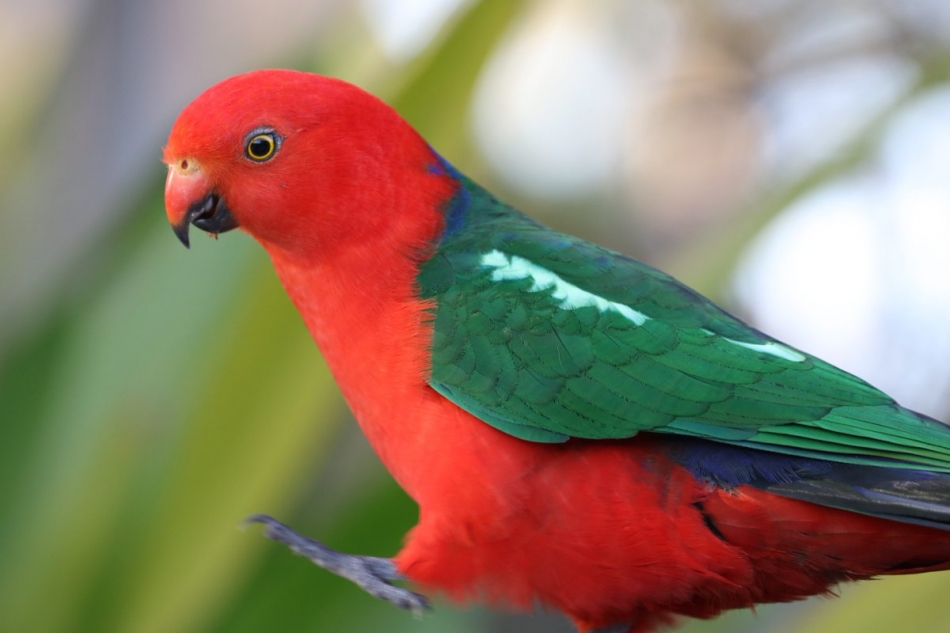
The Australian King Parrot is a popular choice for those who want an aesthetically pleasing pet. However, it should be noted that they are not known for their affectionate behavior or love for handling. The male parrots boast a vibrant red hue with striking green wings and black tails, while the females have a distinct look of green feathers, a red belly, and legs. One inconvenience of keeping these birds as pets is that they require ample room to roam around and explore. Keeping them in small cages can lead to distress and an unhappy pet. Therefore, it’s important to have caretakers who understand how to provide adequate space and care for these beautiful creatures.

The black palm cockatoo is a big type of cockatoo that sports a dark grey to black appearance with reddish cheeks. Its identifying feature is its feathered crest that appears like palm fronds, a feature that gave it its name. These birds, when kept as pets, are known to be quite clingy. They are highly intelligent and sociable, and if they aren’t given enough attention and care, they may become destructive and depressed. Despite being abundant in the past, they are now classified as vulnerable due to habitat destruction and the pet trade, which have significantly reduced their population.
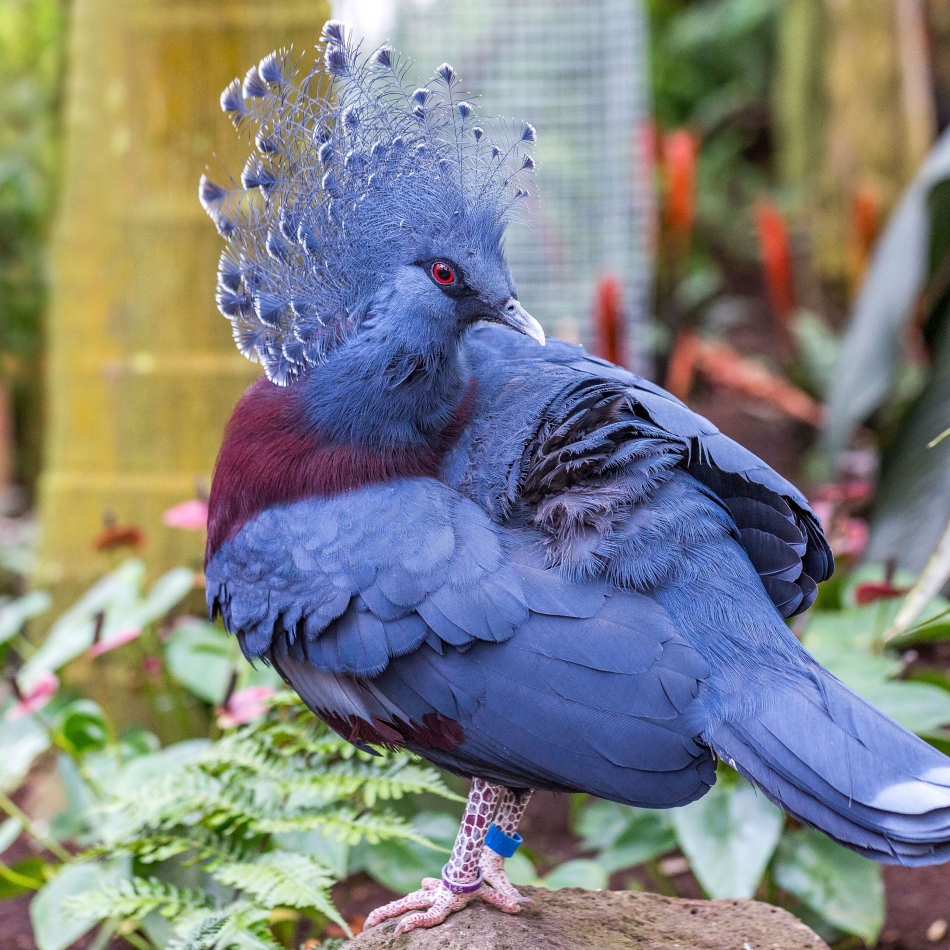
The magnificent Victoria crowned pigeon was given its name as a tribute to Queen Victoria. These birds are characterized by their impressive lacey blue head feathers, and they are also known for being one of the largest species of pigeon in existence, with some individuals weighing up to 7 pounds. Their bodies are covered in light blue feathers with a maroon patch on the chest. Due to their size and activity level, these birds require ample space to run and play, as well as appropriate perching areas. It’s highly unlikely that most homes can provide the right environment for these stunning creatures, so they are best suited to live in zoos where they can receive proper care and attention.
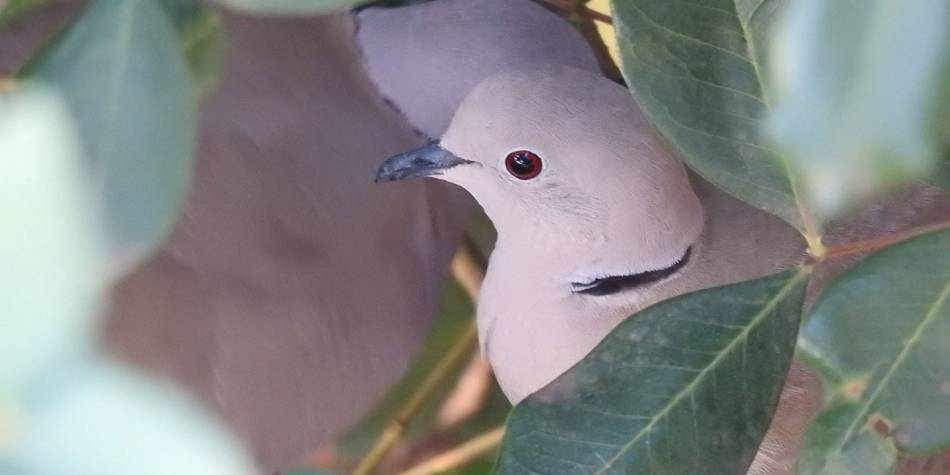
Ring-necked doves are not your typical household pet birds as only a small fraction of bird owners actually keep them. However, these gentle birds should be more popular as they make great companions. Once they get used to their human caretakers, doves enjoy spending time with them. While some dove species require advanced care and precise environments that may not be suitable for pets, others are perfect for those who want to keep birds without investing too much time. The ring-necked dove (Streptopelia risoria) and diamond dove (Geopelia cuneata) are two popular pet dove species. They are easy to care for and ideal for those who cannot devote a lot of time to bird care. When it comes to housing, they simply need a spacious cage with various perches, swings, and bells.
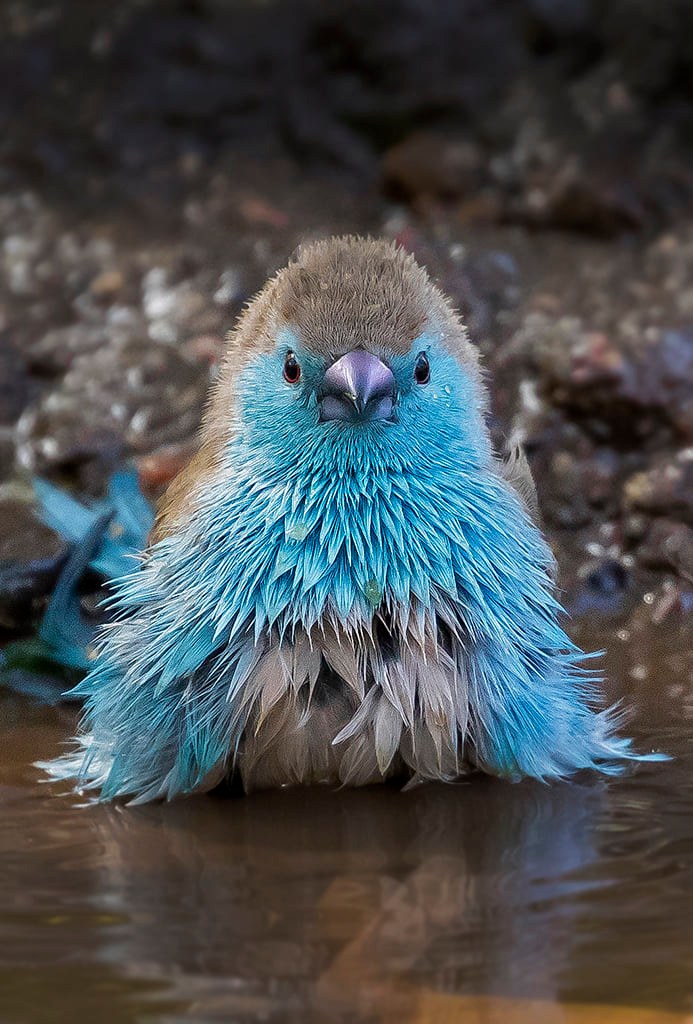
The Southern Blue Waxbill, also known as Uraeginthus angolensis, is a popular estrildid finch species found in the southern part of Africa. It goes by different names such as the Blue-Breasted Waxbill, Angola Cordon-Bleu, Blue-Cheeked Cordon-Bleu, and Southern Cordon-Bleu. Many people keep them as aviary birds. The Blue Waxbill’s diet consists mainly of grass seeds, but they also eat termites, insects, and fruits such as Boscia albitrunca. They are usually spotted in pairs or families, but can also be seen forming larger flocks that interact with other estrildid finches.
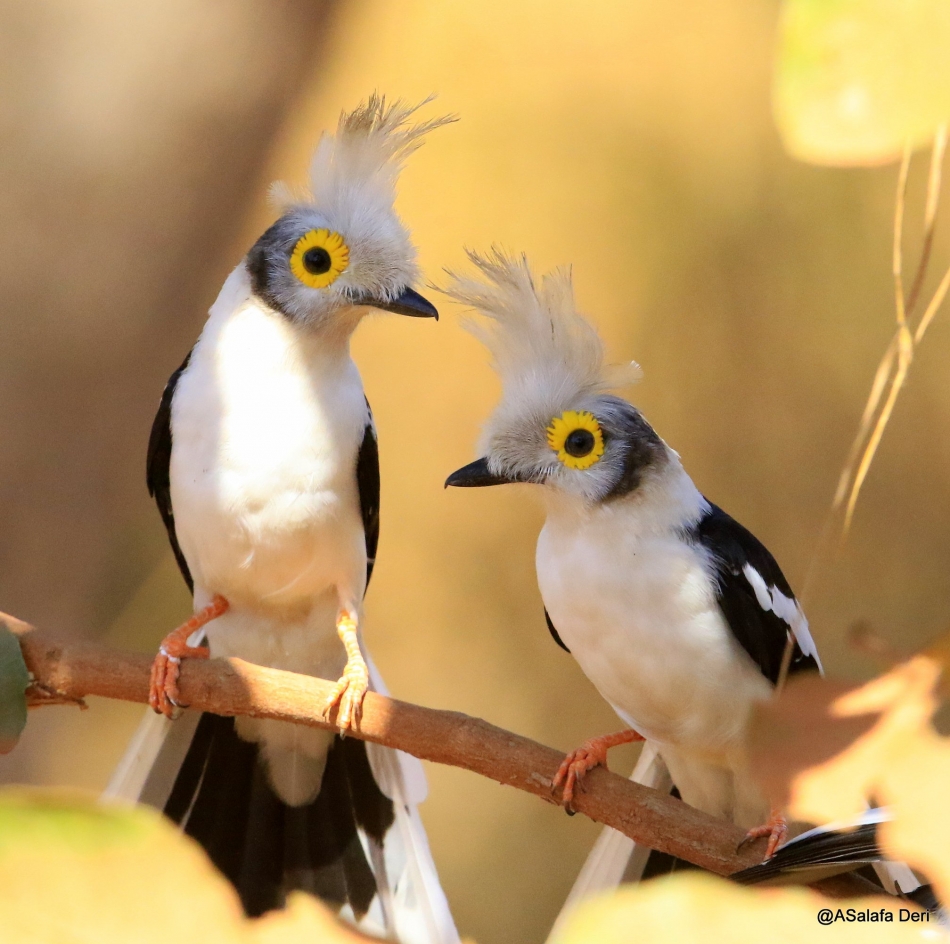
The white-crested helmetshrike, or white helmetshrike, is a type of passerine bird in the Vanga family Vangidae. It was previously classified in the Malaconotidae family. This species can be found in various countries such as Angola, Benin, Botswana, and many more. It prefers habitats that are subtropical or tropical dry forests, dry savanna, moist savanna, and subtropical or tropical dry shrubland. The white-crested helmetshrike is a sociable bird and is usually observed in small, active groups that move around while searching for food among foliage or on the ground. They have an inclination to talk noisily to one another while exploring their territory.
